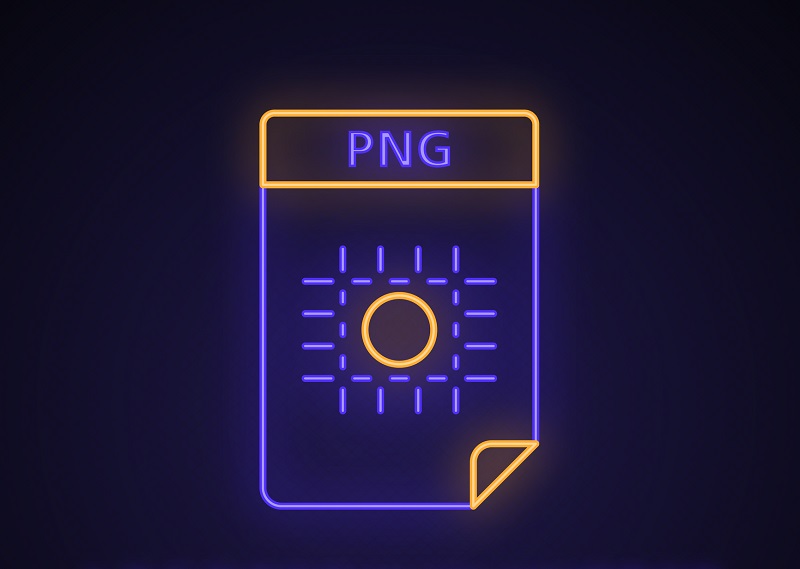A comprehensive guide to convert the EPS image file to a PNG
| March 2, 2020

The EPS is a phenomenal file type for users who want a high resolution image type. Though it has a lot of unique features, it’s also not the most popular format. When this becomes a problem, consider converting the EPS to a PNG. Here’s a guide to show you how. Let’s start with a brief rundown of both the EPS and PNG file types.
What is the EPS image file?
The EPS image file stands for Encapsulated Postscript. It offers users a chance to gather valuable information about an image file using a preview or a brief description. The EPS is highly-valued due to its customization features and its ability to hold both text and graphics. The EPS is mostly known for its resizing qualities, changing the size of images without sacrificing excessive quality while doing so.
What is the PNG image file?
The PNG image file stands for Portable Network Graphic. It is a raster image, which means it constructs its graphic by assigning different colors to divided sections. These sections use these color assignments to construct an overall image piece-by-piece. The PNG is widely-used because of its accessibility and lossless compression. Lossless is a feature that implies an image file retains all its resolution despite being shrunk in dimensions.

How to convert the EPS to a PNG
If you’re fortunate enough to have Adobe Illustrator, you’ll be able to manually convert the EPS to a PNG. This method only takes a few steps and is generally a lot easier than using a third-party system (if you don’t have access to illustrator, skip to the next paragraph). First, import your EPS file into Illustrator. Then select ‘File’ and ‘Export’. In the ‘Format’ dropdown menu, select ‘PNG’. You’ll now have a PNG version of the EPS image on your computer wherever you chose to save it.
If you don’t have Illustrator, don’t worry. You can automate this conversion process without downloading any software tools. This is done with the help of a browser-based converter. You’ll need an internet connection and enough hard drive space to download some new files. All you’ll do to perform this action is navigate your browser to one of the many conversion systems and upload your EPS, then download your new PNG file from the site directly. I recommend using Zamzar due to its fast download speeds and intuitive features.

Why make this conversion?
The most common to convert and EPS to PNG is the fact that EPS is super inaccessible and tough to edit. There are a limited number of programs capable of opening an EPS and some of them don’t allow for editing. To overcome this, switch to a PNG. Numerous programs are capable of both opening and editing a PNG. There could potentially be some quality loss when editing the PNG but this is within an acceptable range.
The EPS is also quite unpopular. Though this may not matter when considering your personal use of the file type, it might come up when delivering it to clients and other members of your enterprise teams. Conversely, the PNG is a very popular, accessible image file that a lot of users have complete access to. By converting, you create a much easier time for all recipients to open and edit your files.
It’s very common to purchase image files in the EPS format. However, it’s also quite common that the EPS doesn’t work great for us. When this happens, make sure you understand how to quickly convert to a popular format like PNG.
